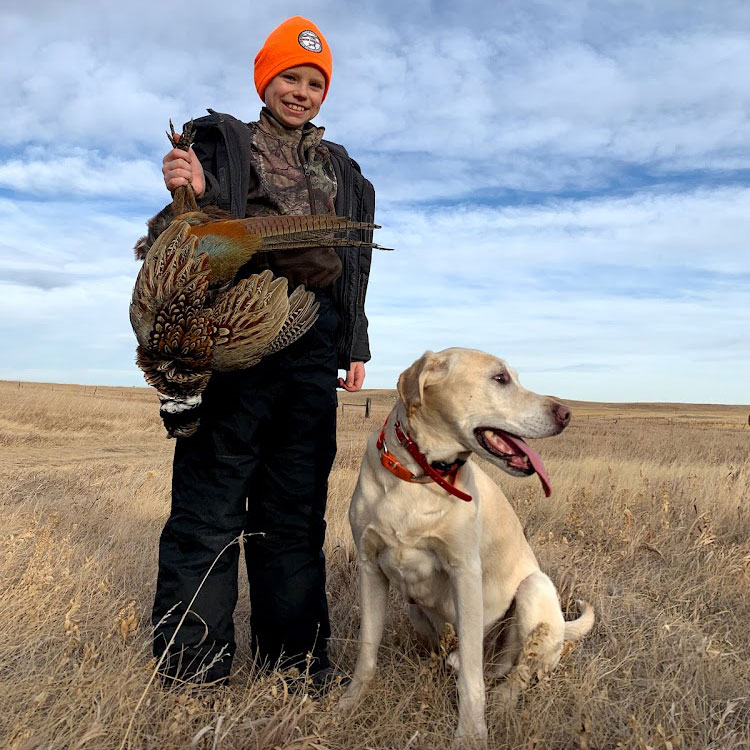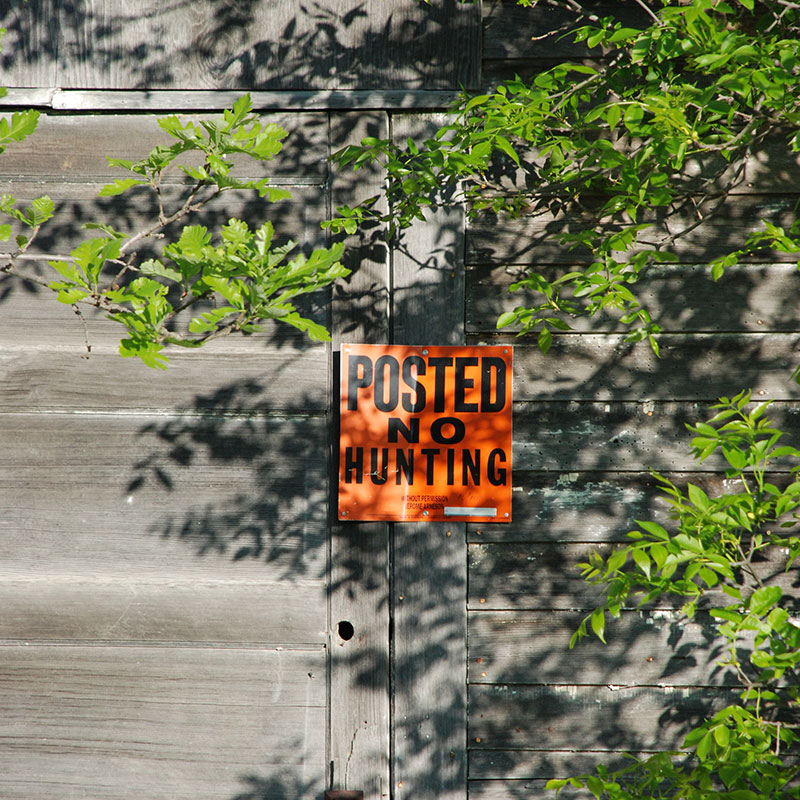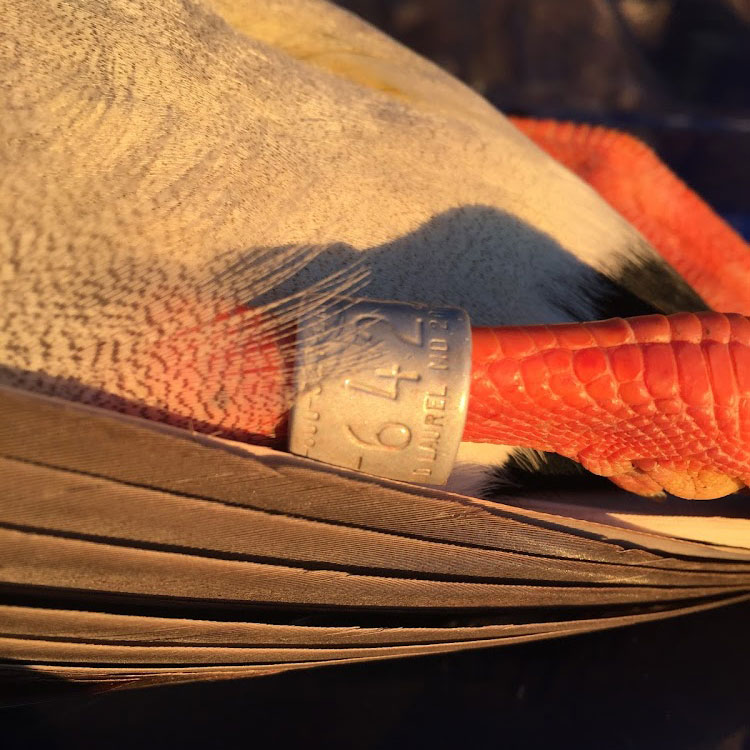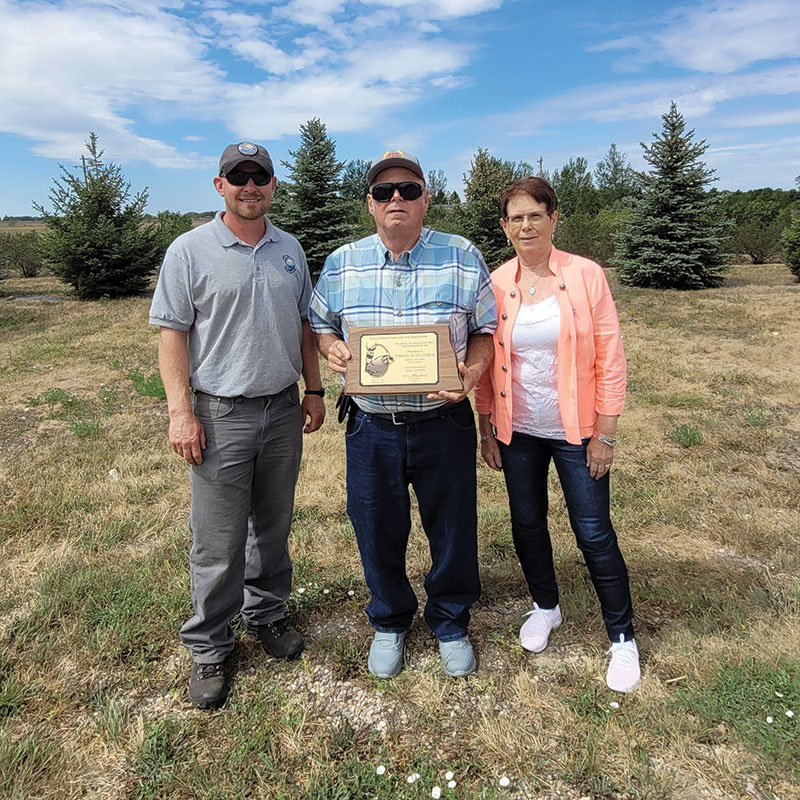
Buffaloberry Patch
2020 Upland Game Seasons Summarized
HIP Registration Required
Migratory bird hunters of all ages need to register with the Harvest Information Program prior to hunting ducks, geese, swans, mergansers, coots, cranes, snipe, doves and woodcock. Hunters must register in each state for which they are licensed to hunt.
Hunters can HIP certify when purchasing a license online. In addition, hunters can call 888-634-4798.
Those who registered to hunt during the spring light goose conservation order in North Dakota do not have to register with HIP again, as it is required only once per year.
HIP registration is a cooperative program designed to determine a sample of hunters from which to measure the harvest of migratory birds for management purposes.
Map Tools to Identify Land Posted Electronically
Report Banded Birds
Baiting Restrictions in North Dakota
Hunters are reminded it is unlawful to hunt big game over bait, or place bait to attract big game for the purpose of hunting, in deer units 3A1, 3A2, 3A3, 3A4, 3B1, 3C west of the Missouri River, 3E1, 3E2, 3F1, 3F2, 4A, 4B and 4C.
The restriction is in place to help slow the spread of chronic wasting disease, a fatal disease of deer, moose and elk that can cause long-term population declines if left unchecked.
In addition, baiting for any purpose is prohibited on all North Dakota Game and Fish Department wildlife management areas. Hunting big game over bait is also prohibited on all U.S. Fish and Wildlife Service national wildlife refuges and waterfowl production areas, U.S. Forest Service national grasslands, U.S. Army Corps of Engineers managed lands, and all North Dakota state trust, state park and state forest service lands.
Hunters Can Help with Survey Wings
Hunters can help in the effort to manage upland game birds in the state by collecting feathers from harvested birds and sending in wing envelopes.
Birds included in the North Dakota Game and Fish Department’s upland game wing survey, which has been in practice for decades, are ring-necked pheasants, sharp-tailed grouse, Hungarian partridge, turkeys and ruffed grouse.
Collecting enough pheasant samples is typically never a problem, but securing enough sharptail and partridge feathers can be.
Game and Fish biologists will take as many sharptail and partridge feathers as they can get because the more collected, the better the data. Biologists can determine sex and age ratios from wings and tail feathers, survival, nesting success, hatch dates and overall production.
What biologists learn from the samples is vital to helping manage North Dakota’s upland game birds.
Hunters interested in receiving wing envelopes can request them online.
Hunters can also get wing envelopes at Game and Fish District offices in Devils Lake, Jamestown, Riverdale, Dickinson, Williston and Lonetree Wildlife Management Area near Harvey.
Fire Danger Index for Fall Outdoor Activity
As hunting seasons and other fall activities get underway, hunters and other outdoor enthusiasts need to be aware of the daily fire danger index.
Considering this year’s prolonged drought, combined with typical dry, late-summer and early-fall ground conditions, an elevated fire danger index in most counties will likely influence outdoor activities.
Hunters are urged to keep up with the daily rural fire danger index, which is issued by the National Weather Service, to alert the public to conditions that may be conducive to the accidental starting or spread of fires.
In addition, county governments have the authority to adopt penalties for violations of county restrictions related to burning bans. These restrictions apply regardless of the daily fire danger index and remain in place until each county’s commission rescinds the ban.
Hunters should consider bringing along a shovel, fire extinguisher, extra water and heavy fabric for putting out accidental fires. However, individuals who are not trained firefighters should not attempt to fight a fire that is out of control. Instead, contact the nearest rural fire department immediately.
Also, hunters should stay clear of tall vegetation when parking a vehicle.
The fire danger index can change daily depending on temperature, wind and precipitation forecasts. If the index reaches the high, very high or extreme category, open burning is prohibited; off-road travel with a motorized vehicle is prohibited, except for people engaged in a trade, business or occupation where it is required; and smoking is restricted to inside of vehicles, hard surface areas, homes or in approved buildings.
Information on current fire danger indexes is available at NDResponse.gov.
New Hunting, Trapping Guide
Hunters and trappers can find the North Dakota 2021-22 Hunting and Trapping Guide, which includes upland game, migratory game bird and furbearer hunting/trapping regulations and other information, online. Printed guides are available at the usual license vendor locations.
The 50-plus page guide also features a colored duck identification guide, aquatic nuisance species information, Tom Roster’s Nontoxic Shot Lethality Table and more.
PLOTS Guide Available Online
The North Dakota Game and Fish Department’s Private Land Open To Sportsmen Guide for 2021 is now available online at the Game and Fish website. In addition, the free printed PLOTS guides are available at most license vendors and other locations throughout the state.
The guide will feature nearly 800,000 PLOTS acres. Because the guide is printed in mid-August, some PLOTS tracts highlighted in the guide may have been removed from the program since the time of printing. There will also be some PLOTS tracts where the habitat and condition of the tract will have changed significantly. Conversely, Game and Fish may have added new tracts to the program after the guide went to press.
To minimize possible confusion, Game and Fish will update PLOTS map sheets weekly on its website.
The PLOTS guide features maps highlighting these walk-in areas, identified in the field by inverted triangular yellow signs, as well as other public lands.
The guides are not available to mail, so hunters will have to pick one up at a local vendor or Game and Fish offices, or print individual maps from the website.
Schlosser Earns WMA Award
WMA Equipment Deadlines
The North Dakota Game and Fish Department allowed hunters to place tree stands, ground blinds and game cameras on state wildlife management areas beginning Aug 20.
Equipment set out prior to that date, or left on a WMA after January 31, is considered abandoned property and is subject to removal.
In addition, an equipment registration number, or the owner’s name, address and telephone number, must be displayed on all equipment requiring identification.
Owners can generate an equipment registration number by visiting My Account. One registration number will be issued that can be used on all equipment that requires identification.
Caution on Rural Roads
North Dakota hunters need to be cautious of farm, ranch and other traffic when traveling on rural roads.
Fall is a busy time in the state as farmers and ranchers are harvesting crops, moving cattle, hauling bales and moving heavy machinery. Knowing this, hunters driving around on country roads should slow down when meeting another vehicle and pull well to the right when topping a hill.
To maintain positive landowner/hunter relations, Game and Fish Department officials said hunters should move to the right side of the road to allow wide farm vehicles to pass, park vehicles in a place that will not block a roadway, field approach or gate, pick up trash and empty shells, and not clean game in the road ditch or approach.
Sandhill Crane Permits Required
North Dakota’s sandhill crane season opens Sept. 18 and continues through Nov. 14.
In addition to other licenses required, resident hunters need a $10 crane permit, while nonresidents need a $30 permit. Hunters can apply online. Harvest Information Program certification is required.
Federal Duck Stamp Required
Watchable Wildlife Photo Contest
Photographers interested in sending photos for the North Dakota Game and Fish Department’s Watchable Wildlife Photo Contest are reminded to follow the guidelines for submitting their work.
Photographers can submit photos online. They will need to provide some pertinent information about the photo prior to uploading it. Doing so helps both with ease of submitting photos for the photographer and managing those images for department staff.
The contest is now open and the deadline for submitting photos is Oct. 1. For more information or questions, contact us.
The contest has categories for nongame and game species, as well as plants/insects. An overall winning photograph will be chosen, with the number of place winners in each category determined by the number of qualified entries.
Contestants are limited to no more than five entries. Photos must have been taken in North Dakota.
By submitting an entry, photographers grant permission to Game and Fish to publish winning photographs in North Dakota OUTDOORS, and on the Department’s website.
Staff Notes
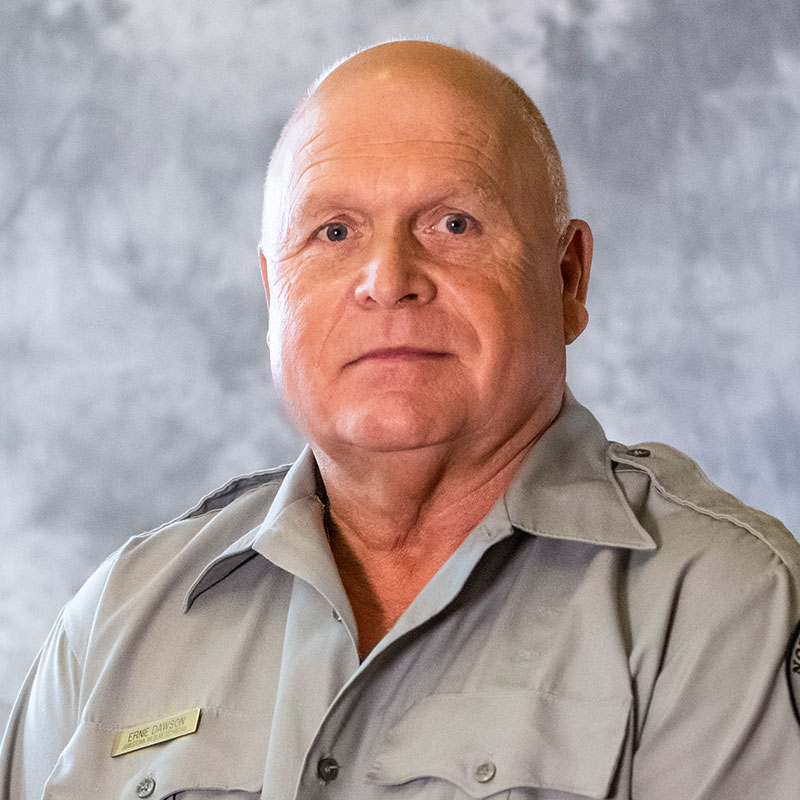
Dawson Retires after 45 Years
Longtime employee Ernie Dawson, Jamestown, retired in July after 45 years with the North Dakota Game and Fish Department.
Dawson was a Department wildlife technician in Jamestown at the time of his retirement.

Sevigny New PLI Biologist in Williston
Erica Sevigny has been named the Game and Fish Department’s private land biologist in Williston.
Prior to accepting the position, Sevigny worked with the Department in Riverdale and then at the agency’s wildlife health lab in Bismarck.

Weston New Wildlife Health Biologist
Brent Weston of Kentucky is the Game and Fish Department’s new wildlife health biologist in Bismarck.
Weston has both a communication degree from his home state and a wildlife degree from North Dakota State University. For the past couple of years, he has worked at the Dakota Zoo in Bismarck.

